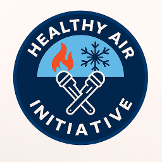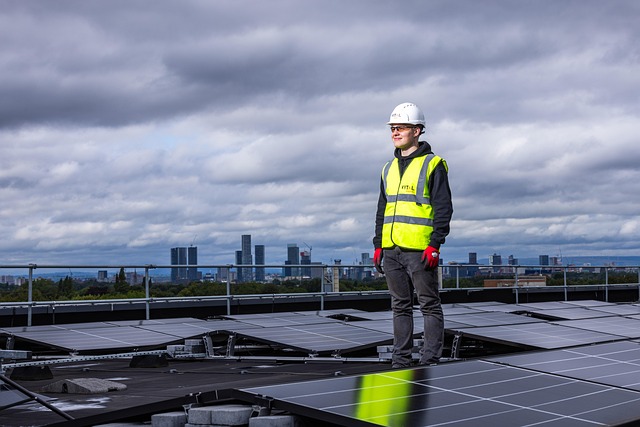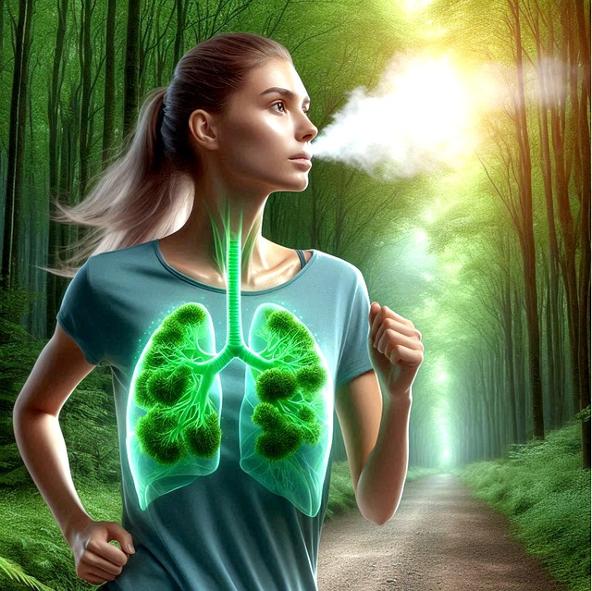



Fresh Air For A Brighter Future
Increase Ventilation – Open windows when possible or use air exchangers to bring in fresh outdoor air.
Use Air Purifiers – HEPA filters can help remove dust, pollen, and harmful particles.
Avoid Harsh Chemicals – Choose natural cleaning products instead of aerosol sprays and synthetic air fresheners.
Maintain HVAC Systems – Regularly clean and replace filters to ensure efficient airflow and filtration.
Monitor Humidity Levels – Keep humidity between 40–60% to prevent mold growth.
Reduce Indoor Pollutants – Limit smoking indoors, minimize burning candles, and be mindful of indoor gas emissions.
Current Air Quality in Chicago

Air quality is a crucial factor in environmental and public health, influencing everything from respiratory conditions to climate change.
The Air Quality Index (AQI) in Chicago is currently moderate, with PM2.5 levels at 10.4 µg/m³.
Sensitive groups may need to limit outdoor activities when pollution levels rise.
Global Air Quality Trends
Air pollution varies significantly between city streets, sometimes by 800%.
Hyperlocal air quality monitoring is helping cities make informed decisions about pollution control.
Common Air Pollutants
PM2.5 & PM10 – Fine particles that can penetrate deep into the lungs.
Carbon Monoxide (CO) – A harmful gas from vehicle emissions.
Nitrogen Dioxide (NO2) – A major contributor to smog and respiratory issues.
Ozone (O3) – Can cause breathing difficulties, especially in urban areas.
